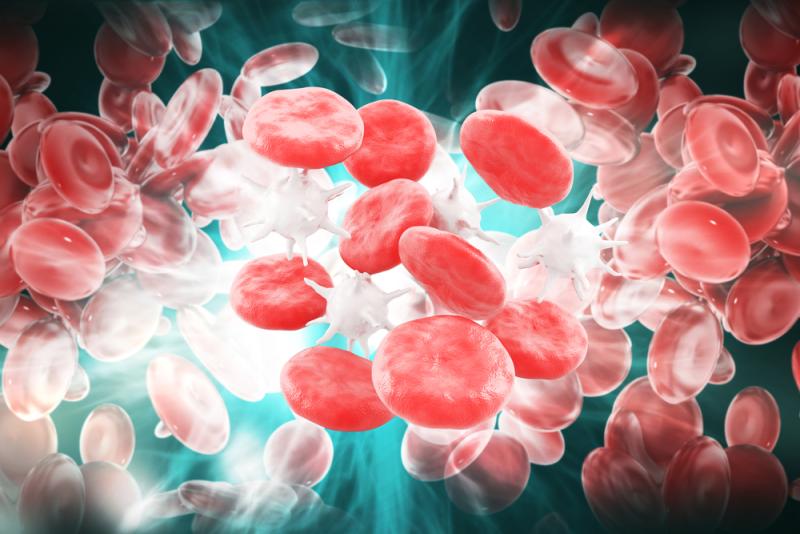Orthobiologics refer to biological substances that are used in orthopedic treatments to enhance the body's natural joint healing process and promote tissue regeneration. These substances are broadly categorized as naturally derived or engineered biomaterials that stimulate the healing and growth of bone and cartilage tissue.
Types ofOrthobiologics
There are different types of these that are used in current clinical practice:
Platelet-Rich Plasma (PRP)
PRP involves collecting a patient's own blood and processing it to concentrate the platelets, which contain growth factors that aid healing. The concentrated PRP gel is then injected into injured sites to deliver a bolstered amount of healing growth factors locally. PRP has seen widespread use for tendon and ligament injuries but is also being studied for arthritis and cartilage repair.
Bone Morphogenetic Proteins (BMPs)
BMPs are a class of growth factors naturally found in the body that stimulate new bone formation. Recombinant human BMPs such as rhBMP-2 and rhBMP-7 are commonly used in spinal fusions and certain fracture and non-union bone healing applications. However, their use remains somewhat controversial due to potential side effects and high cost.
Stem Cells
Mesenchymal stem cells harvested from bone marrow, adipose tissue or other sources have regenerative properties and can differentiate into different cell types. They show promise for treating arthritis and cartilage damage but require further research to confirm safety and effectiveness. Umbilical cord-derived stem cells are also an area of investigation.
Scaffolds and Collagen Meniscus Implants
Biodegradable scaffolds made of materials like hyaluronic acid, polyglycolic acid or collagen aim to provide a structural framework to guide new tissue growth for cartilage and meniscus repair and regeneration. Some collagen-based scaffolds have received regulatory approval for partial meniscal replacement.
Workings of Orthobiologics
These work by utilizing the body's innate healing mechanisms. Growth factors, cytokines and other signaling molecules in these therapies activate stem cells, osteoblasts and other cells involved in tissue regeneration. Some strategies directly deliver concentrated doses of healing proteins while others provide instructive biomaterial scaffolds. Together, they create an environment that supports cellular recruitment, proliferation and differentiation to reconstruct injured joint structures.
Clinical Applications of Orthobiologics
With advances in cellular therapy and tissue engineering, these are increasingly used clinically for various orthopedic conditions and injuries:
- Arthritis Treatment: PRP and stem cell therapies offer potential chondroprotective or structure-modifying effects for osteoarthritis.
- Rotator Cuff Repair: PRP and cellular scaffolds may enhance tendon healing integrity after surgical repair of partial or full-thickness tears.
- Meniscal Tears: Partial meniscal tears in adults can be treated using collagen scaffold implants that replace resected tissue.
- Cartilage Lesions: Microfracture or implantation of cell-seeded scaffolds aims to stimulate cartilage regeneration of chondral and osteochondral defects in weight-bearing joints.
- Spinal Fusions: RhBMPs are commonly applied to promote fusion in recalcitrant cases but also associated with off-label adverse events requiring judicious use.
- Non-Union Fractures: Recombinant BMPs, stem cells or bone graft substitutes help stimulate fracture healing in problematic fractures that fail to unite with conventional treatment.
The Future of Orthobiologics
With a better understanding of molecular and cellular pathways in orthopedics,the field of these continues to advance. Upcoming areas of interest include bioprinted tissue constructs, gene therapies delivering regenerative signals and application of microRNAs or exosomes to modulate the healing response. Combination strategies pairing cells, growth factors and scaffolds also show promise to further enhance regenerative outcomes. Continued clinical research will optimize utilizing these biological tools for joint restoration and injury care.
In summary, orthobiologics leverage the body's inherent healing responses using naturally-derived and engineered biomaterials. As regenerative medicine options mature, they represent an encouraging area that may someday replace the need for joint replacements and surgeries through non-invasive strategies stimulating the body's own regenerative capacity for joints and connective tissues.
